Installation of the stretch ceiling does not guarantee noise reduction from the neighbors from above. We tell how to make a house quieter.
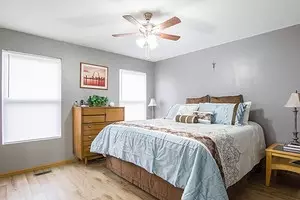
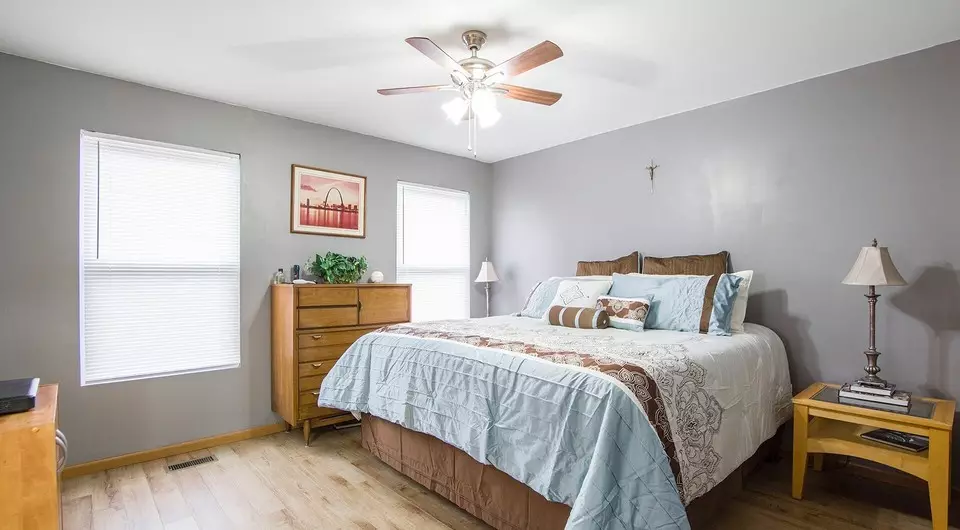
All about stacking noise insulation ceiling
Why it is necessaryVarieties of insulating coatings
Three ways of mounting
- Frame method
- On glue
- For loose isolation
Why need noise protection
In an apartment building, it is difficult to protect yourself from sounds discarding from all sides. Especially annoying neighbors on top. They are hung, drop things, include music. All this is at the best time. Therefore, the noise insulation of the ceiling in the apartment under the stretch ceiling is necessary. Especially if the height difference is significant, and the cloth is supposed to be pulled at a distance of more than 50 mm from the rough base. Then it will play the role of the membrane, which will only strengthen the "sound attack".
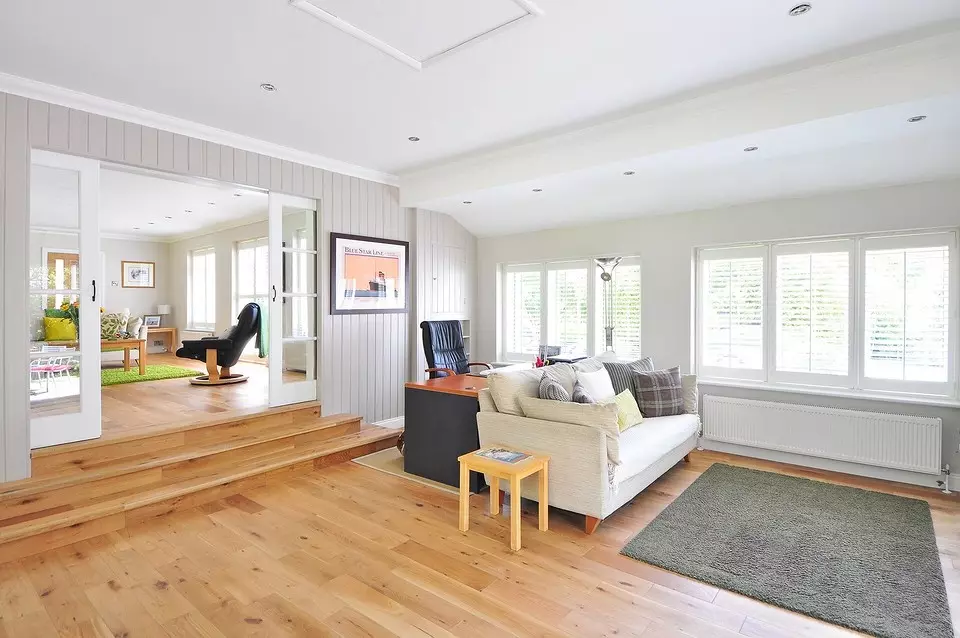
Before choosing an insulator, you need to understand what kind of noise gives trouble.
Two types of noise
Structural or drums
Appear as a result of drops of various objects, vibrations of household appliances, walking, movement of furniture. Apply to solid surfaces.Air
Transmitted by air, easily pass through porous or thin partitions. They are speech, sounds published by musical instruments, audio equipment, etc.
In each apartment, a set of noise is individual. It is important to understand their nature, only then can you choose isolation correctly. In some cases, it will not be needed, others need. With an unfavorable coating of circumstances, the canvas becomes a drum membrane, repeatedly reinforcing sound waves.
Why the ceiling adds noise
- The design is fixed on the ceiling. Fasters become sound bridges that transmit oscillations on the canvas.
- The presence of significant voids in inter-storey floors. These can be gaps, cracks, cracks, etc.
- The distance between the rough base and the tension cloth is more than 50 mm, which always happens with significant height differences.
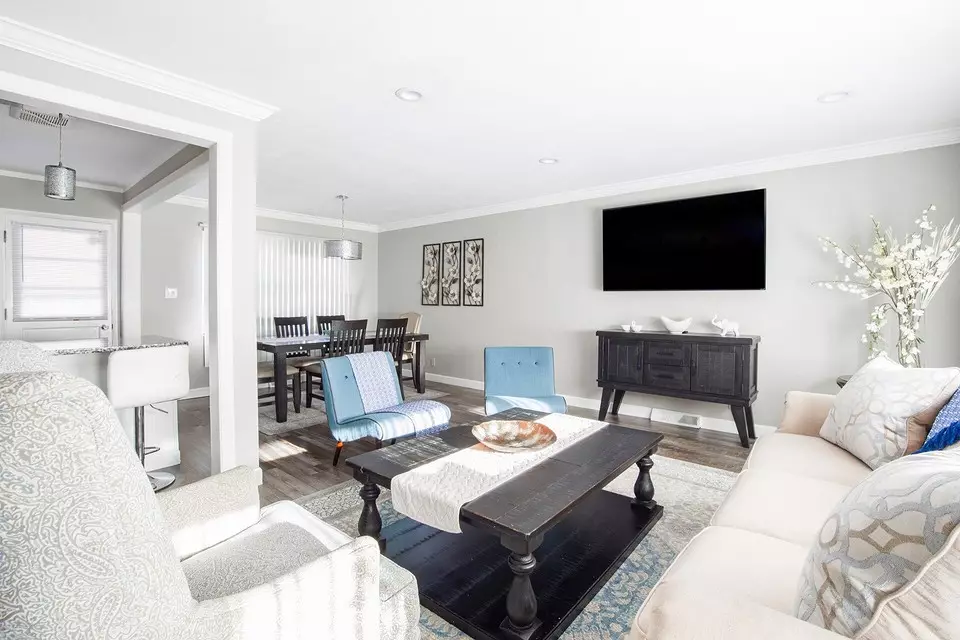
Sometimes in such cases it is recommended to pull the insulating canvas with small holes that delays sound waves. For a pronounced effect, this will not be enough, you will have to equip additional isolation.
Soundproofing materials under the stretch ceiling
Manufacturers offer a lot of insulating coatings. They differ in properties, operational characteristics. All this largely depends on the type of material. They are divided into three large groups.Soft
Unpressed cotton insulators, basalt, mineral, fiberglass, etc. Loose rolled materials of three or two layers. On top of the last layer, the coating can be superimposed, preventing severe dustiness.
Semi-rigid
Plates with cellular fibrous structure. Made on the basis of basalt or mineral wool, etc.Hard
Solid plates from various insulators: extruded wool with porous inclusions, extruded polystyrene, panels filled with quartz sand.
For different types of noise, various soundproofing coatings are chosen. When choosing, you need to consider one pattern. With increasing density, the sound absorption coefficient decreases. At the same time, dense insulators are best delayed low-frequency noises, and highly and mid-frequency - worse.
Popular Materials for Ceiling Ceiling With Noise Isolation
- Mineral wool. It does not burn, does not rot, easy to install, protects not only from noise, but also from the cold. The price is low. Produced in the form of plates or rolls. Disadvantages: Easily absorbs moisture, after that loses its insulating properties. To obtain the desired effect, you have to lay a thick layer of wool. It is undesirable to use with mortise lamps to eliminate the overheating of the wiring.
- Polystyrene. Moisture-resistant, light, dense, especially extruded varieties. Released in the form of plates that are very easy to lay. The price is low. Disadvantages: Lights with the release of toxic substances, the noise absorption coefficient is low. Especially in comparison with cotton insulators.
- Acoustic membranes. Thin, flexible, while dense. Well hold the sounds of low and high frequencies. Do not burn, resistant to high temperatures, safe, eco-friendly. Their main drawback is a high price.
- Wood plates. Various sounds are well absorbed, environmentally friendly, subject to special processing resistant to moisture. Disadvantages: For high-quality noise insulation, it is necessary to use plates of considerable thickness and mass.
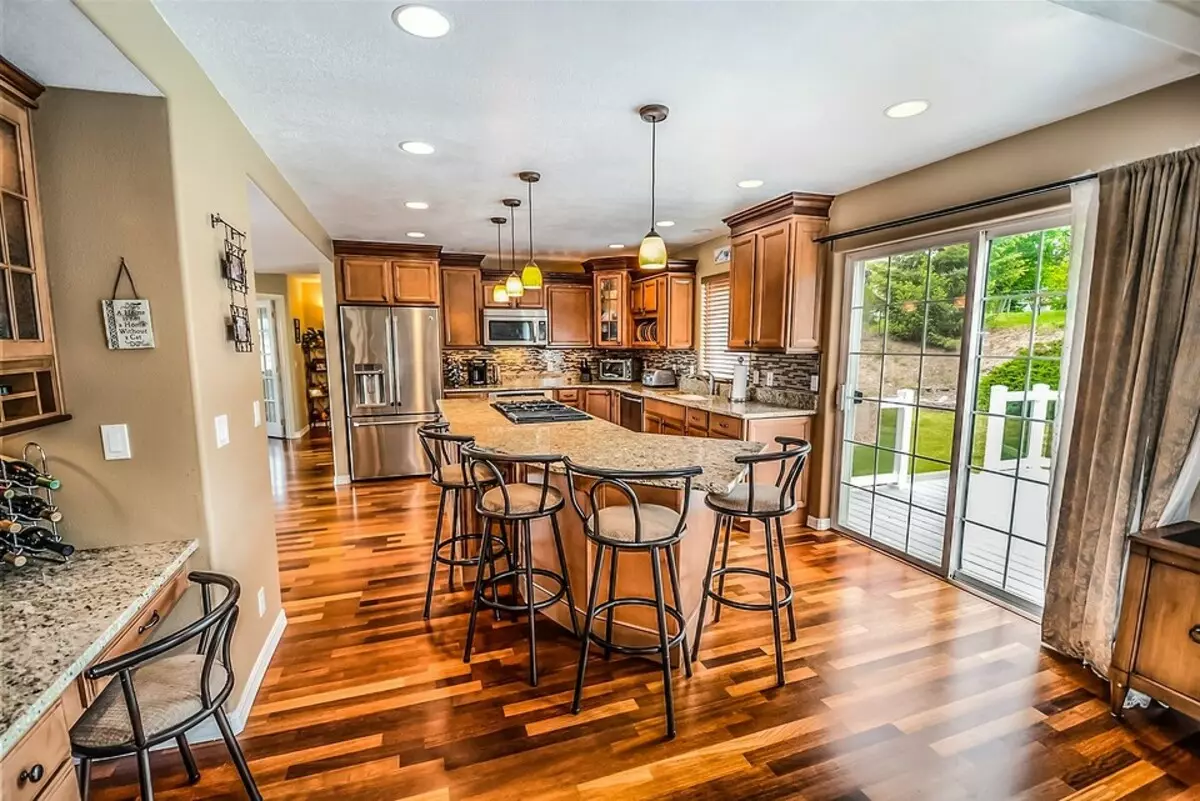
To obtain a better result, the materials are combined, equipping a kind of "puff pastry". Most often, cotton tiles, acoustic membranes are placed in it, but other options are possible.
Three ways to sound the ceiling
Installation of the selected sound insulation of the ceiling in the apartment under the stretch ceiling depends on its type. We will consider in detail three possible options.Installation on the frame
The technique is used to lay rolled or plate cotton materials, suitable for arranging multi-layer isolation. Significant plus - the coating is put on the "Muspar", reliably holds in the framework. Therefore, you do not need to drill the surface for additional mounts. The system can be any height, it keeps even heavy design. Significant disadvantages include the costs of money and time on the construction of a frame.
To work, in addition to the insulation canvase, you will need a guide from a profile or bar, a damper tape that will extinguish shock noises.
Sequencing
- Preparing the basis. We consider the old finish from it, we remove defects, cracks, if necessary, they are putting off. Remove dirt, dust, process the antiseptic. Especially carefully carry out the processing of joints, angles. It is here that the mold appears before other sites.
- Place the foundation. Set the mark on the fixation areas of the fasteners of the future frame. So that sound insulation fell without gaps, choose for guides a step equal to the width of the material minus 20-30 mm.
- Decitation guides. Bruks are scolding with a jigsaw, cutting profiles for metal scissors. On the opposite side of the metal parts, we glue the ribbon from foamed polyethylene.
- Drills holes at the base. Fix the guides on the dowel. If the insulating mats are thick, the profiles are mounted on the suspensions with a special acoustic junction.
- We put the plates of the vein so that they are well held in place. For multilayer designs, the rows are stacked alternately. In this case, follow the displacement of the seams. That is, intercutric gaps accounted for the middle of the plates of the next row.
Installation on glue
Used to install semi-rigid plates with a density of not lower than 30 kg / cube. m. The laying is made by the frameless method. Quickly, just with a minimum of sound-conducting elements and gaps. Save funds, as well as time on the construction of the crate. To fix the noise insulating plates, the adhesive on a plaster or cement basis, dowel-fungi five pieces per element.
Sequencing
- Preparing the basis. We remove the old finish if she was. Close up all the gaps, cracks, other defects. We consider dust, contamination. Breasting the basis of a suitable primer. This will give the opportunity to reduce the consumption of glue, improve its grip with the surface. We assign one or more layers, waiting for complete drying.
- We prepare the glue composition. We dreamed it with water in the proportions indicated on the package. It is possible to stir the paste manually, but it is long and ineffective. It is better to use a construction drill with a special nozzle.
- Place the slab on an even base. A spatula is evenly applied to her layer of glue. We distribute it over the entire surface.
- We put an insulating plate in the place of the adhesive mixture of the adhesive mixture. We start laying from the wall. Elements customize each other very tight so that there are no gaps.
- I fix each plate with fungi dowels. To do this, drill five holes in each element. Their depth should be 5-6 cm more than the thickness of the insulator. Holes perform at the corners of the plate and in the center. We set the dowels in them.
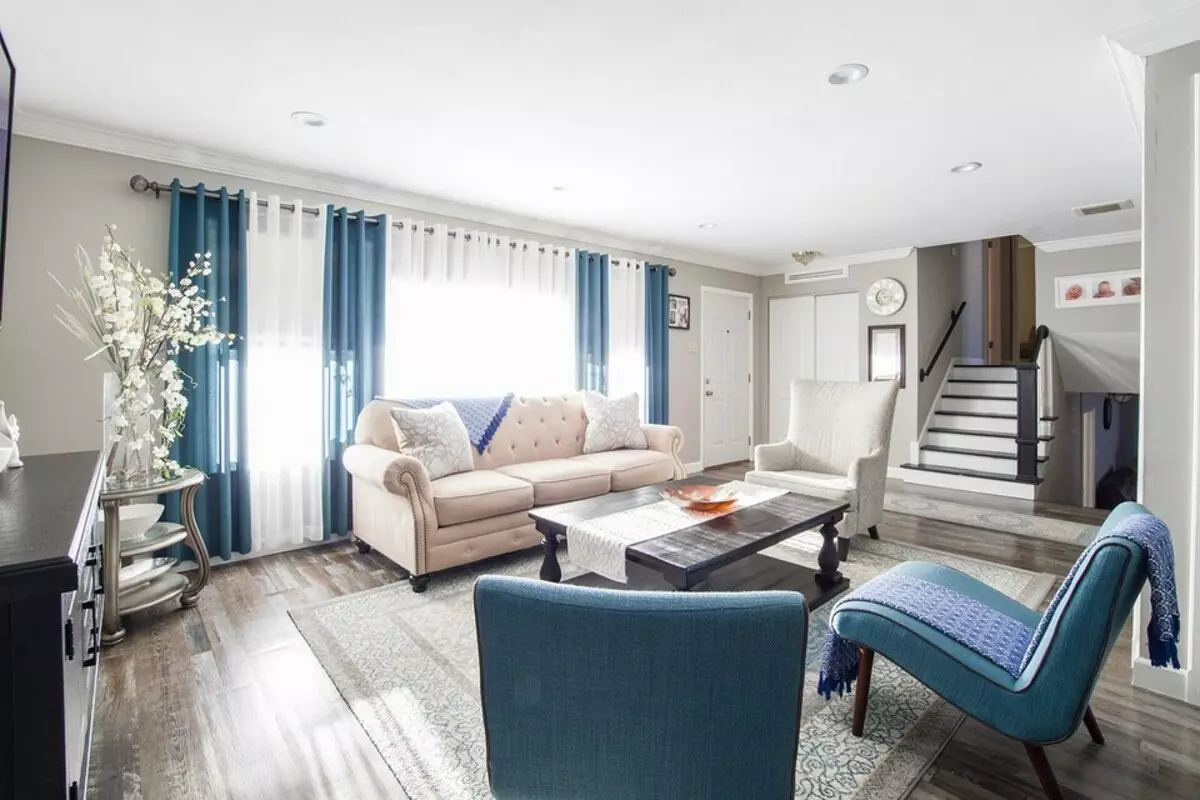
After all the tiles are laid and fixed, it will remain waiting until the adhesive solution is dry. Time depends on its composition. Only after that can be attached to the tensioning cloth.
Laying isolation of low density
The main problem with which is faced with the installation of loose materials, is to sagging.Sequencing
- We prepare the ceiling just like under frame laying.
- Mount on the basis of the framework, in which we lay insulating material.
- On top of the laid sound insulation, lay vaporizolation. Film with a stapler.
- Additionally fix the design of the dowels. 5-6 clamps for each square meter.
- Between the dowels stretch the twine. So that the mesh supporting noise insulation layer is obtained.
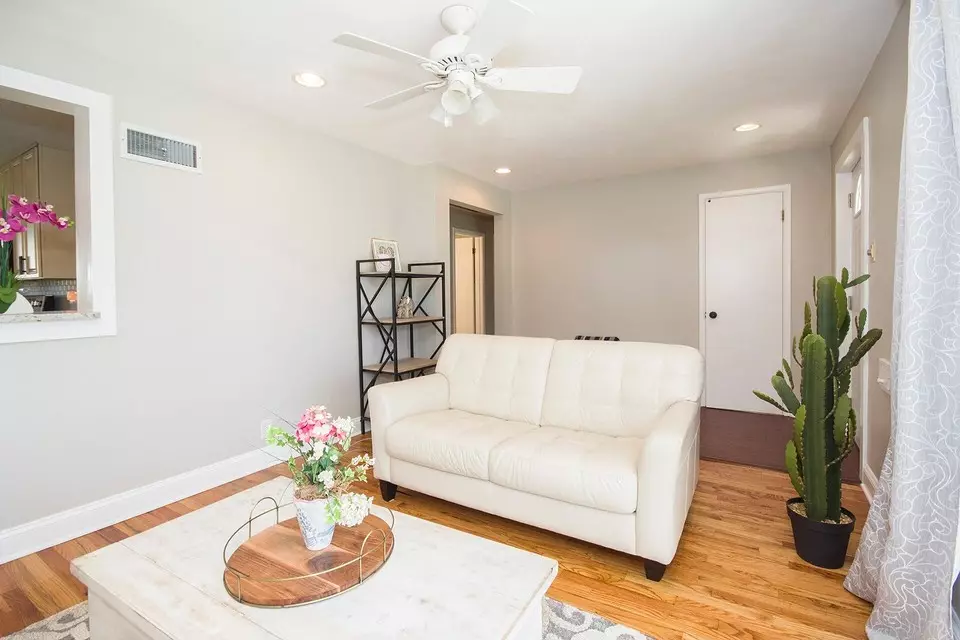
The grid will prevent possible sagging, keep loose material in place. It is important to choose the twice. It must be from Capron or any other synthetics so as not to stretch with time.
A layer of soundproofing coating under the stretch ceiling guarantees effective noise protection. Provided that everything is done correctly. This design is quite simple to assemble with your own hands, especially if half-row plates are chosen for installation. Competently performed sound insulation will last long, repair during this period does not need it.
Read also how to make noise insulation walls.


